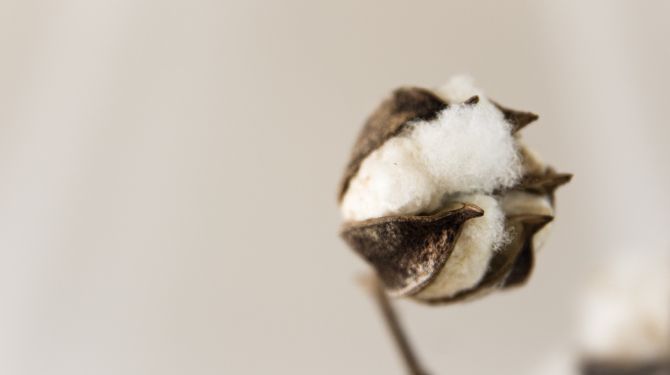Our beds are our strongholds. People will sometimes underestimate how much time they spend in their own beds. Most of us have probably already come across stats like this: an average human spends 26 years sleeping in their life, which equates to 9,490 days or 227,760 hours.
That seems like a lot!
What is rarely taken into consideration, however, is that we spend an extra 7 years (2555 days or 61320 hours) trying to get to sleep. That raises our tally to 33 years. And that isn't even taking into consideration other activities that one performs in bed (such as watching Netflix on a lazy Saturday morning, of course, no naughtiness on the Sleep'n Blog).
So, it is surprising that people all around the world will vastly overestimate how long a mattress or a set of bedsheets are supposed to last. Experts suggest that a mattress should be replaced every 7 or 10 years, yet many of us have inherited our grandparents' old mattress. Bedsheets should last even less. Depending on their quality, of course, you should probably replace them every couple of years. Do we do this? Or do we have the same linens we first got at IKEA when we moved out of our parents' house?
Maybe if we learn a little more about how a bedsheet is made, we will have a clearer understanding of how to take good care of them (and yes, retirement is also a way of caring).
Cotton rules the market
Of course not all bedding is made of cotton. Some wonderful pieces are made of cotton blends, such as cotton-silk, and there are other options. Silk sheets are preferred by some for extra luxuriousness, and there are synthetic materials, like polypropylene that are chosen for their hypoallergenic nature for usage in health clinics and such.
But make no mistake: cotton is the king of bedding.
Why is that? Well, we have written in the past about what makes certainkinds of cotton particularly awesome. But the reason why cotton is almost always the go-to material for bedding is intimately linked to what we mostly do in bed: sleeping.
Sleeping is a very particular activity. We have also written about it. Your body does many things while sleeping that it won't do in the same way while awake. The two that matter the most for bedding are related to temperature. Your body temperature will change during sleep, lowering while your sleep deepens and climbing back up again. This means you need a fabric that is breathable (studies indicate we sweat a pint of perspiration a night), yet absorbs heat, so you don't get chilly and wake up.
Cotton is that fabric.

Cotton is made from the natural strands of a plant
Cotton actually comes from something called a boll. A boll is a protective capsule that surrounds the cotton plant's seeds and protects them from harm. What we know as cotton, those fluffy white fibres, is a part of this natural wrapper.
To turn a raw cotton ball into usable thread, there are several processes that one needs to perform. The first would be ginning, which is the removal of the seeds from the inside of the boll, leaving only the usable fibres. The second is spinning, which is the process of twisting the cotton threads into fibres.
Both ginning and spinning are quite natural processes that can be done by hand, and still are in many places. Though machines have been developed throughout time to mechanize and automate this process, the processes in and of themselves are still done by the machines in a very similar fashion as they would be done by hand (just much faster and more efficiently).
There is no second ingredient to a cotton bedsheet. Of course, if you want a little colour there will be dyes, and fitted sheets will have elastics, and so on and so forth, but the cotton fabric itself? is all cotton.

There is a craft to weaving cotton
There are several ways to go about it. The proper craft of creating quality bedding is something that only a select few companies can take pride in having mastered. Thread count is a decisive factor, of course, but the way the structure of the sheet itself is constructed will be decisive in how it feels and how it looks.
Even if you have accrued truly spectacular raw materials, the ability to produce bed linens that are comfortable, soft and durable is still a matter of craft.
So, this is how your bedsheet, if it is good, has traveled from the cotton fields to your bed, step by step, always under the watchful eye of skilled professionals and craftsmen. The material will have been ginned, spun and woven. It will have certainly been washed, and maybe dyed. Designers will have wasted hours making it look as good as it feels, and by the time it is boxed and shipped, dozens of people will have poured hours of labour onto every piece of fabric.
We take great pride in doing this properly.
So, heed our advice: take a look in our online store, and find the ideal set for you. You deserve something that is truly nice.









